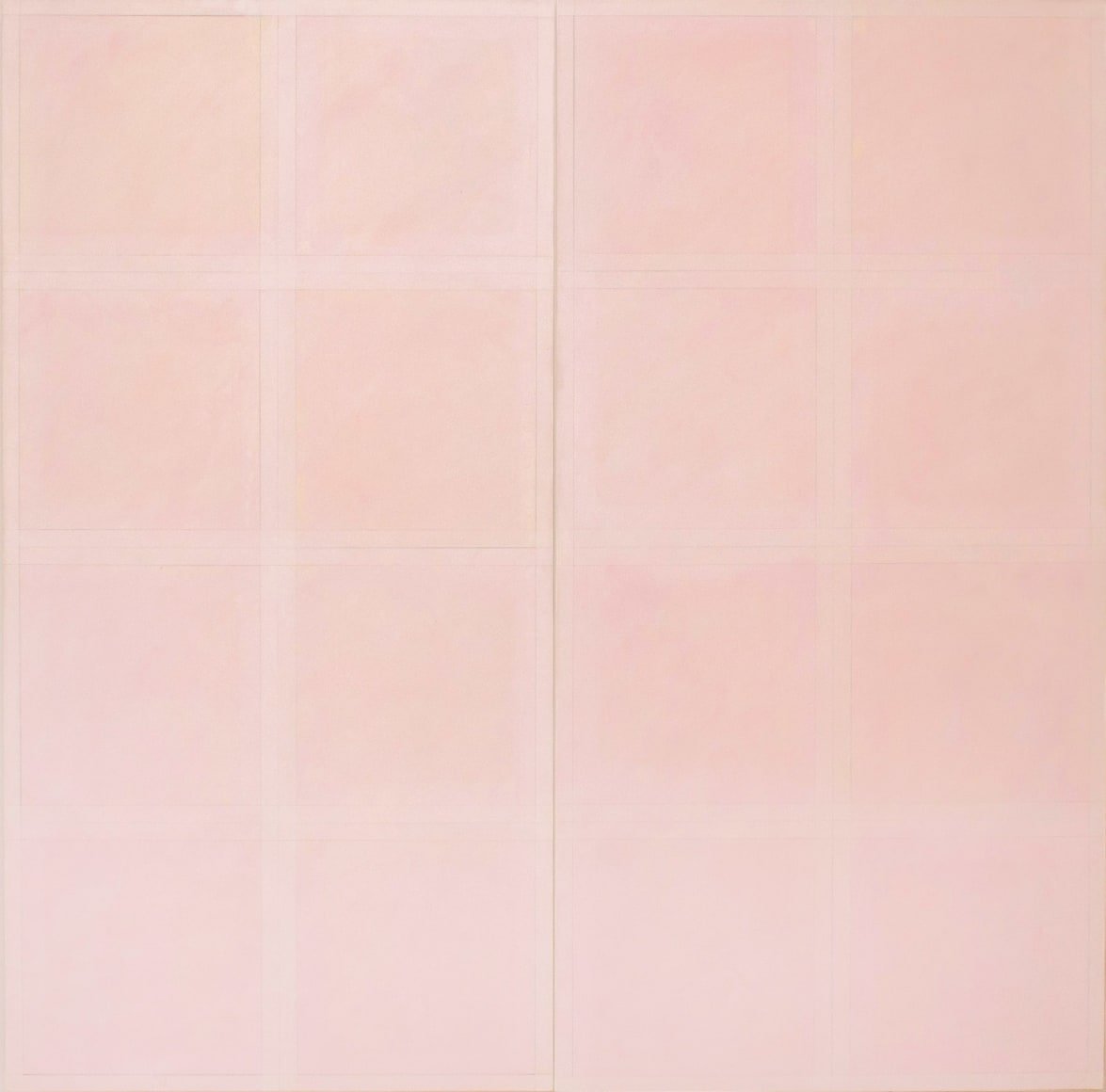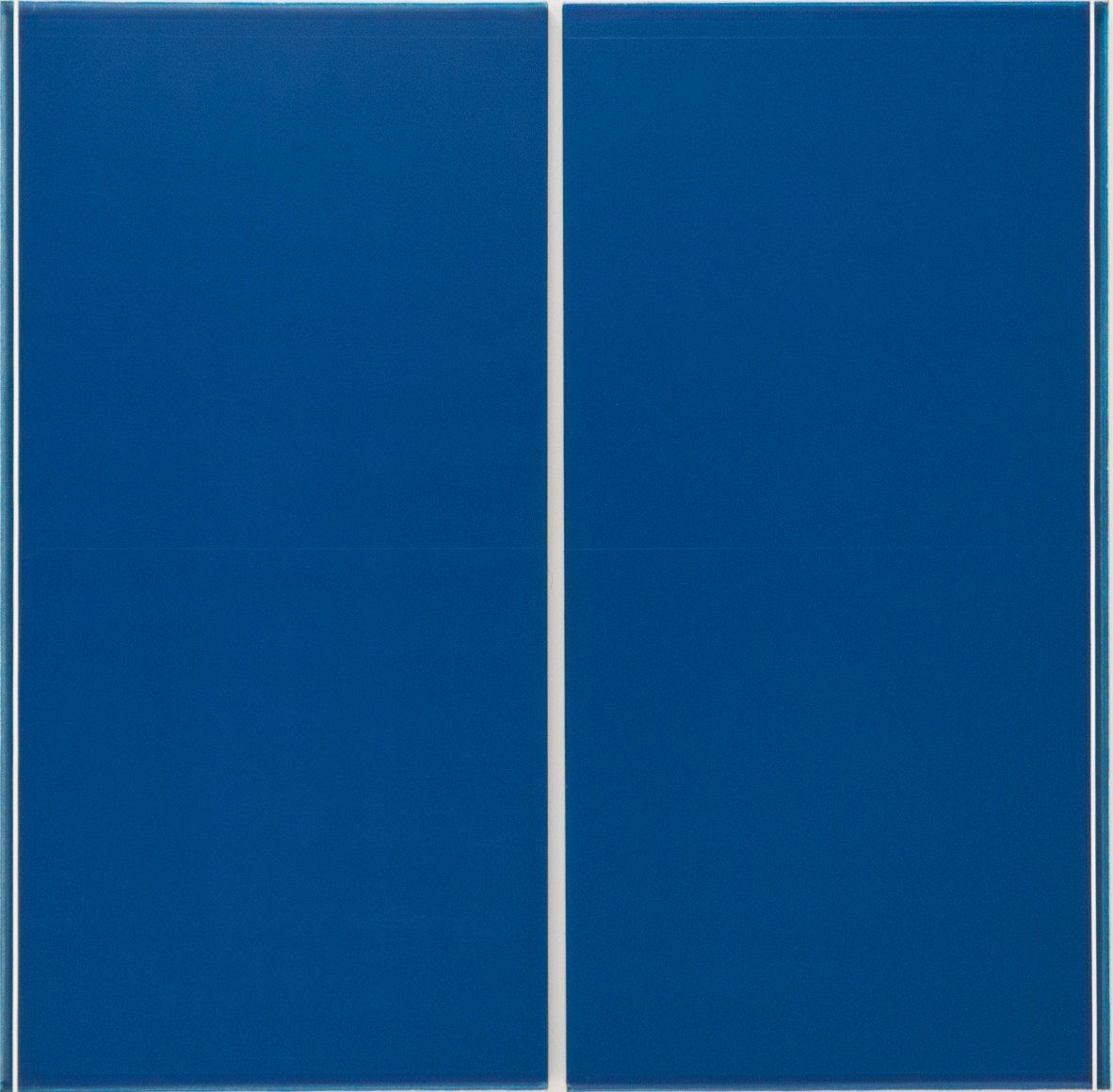Ted Kurahara
Photograph Source
Ted Kurahara works in a minimal style that transforms color planes into infinite depth. Following his upbringing Seattle and time spent in an Internment Camp before serving in the 442nd, a highly decorated Japanese American Battalion, his interest in art led him to St. Louis in 1947. After training as a painter there, and eventual graduate work in Peoria, IL, Kurahara landed at the State University of Iowa to teach. As one of the few Asian artists in the area, his energetic monochrome abstractions were celebrated as fusing contemporary American Abstraction and traditional Japanese mark-making. Coming to New York’s Chinatown in 1959, Kurahara lived and worked alongside the likes of Alfred Leslie, Al Copley, and Al Held. He quickly forged a relationship with the Mi Chou Gallery, one of the earliest Asian American venues on the East Coast, and in 1965 participated in their exhibition which later toured with the American Federation of the Arts. After a series of white paintings in 1981, he developed the meticulously simple, silent, enigmatic blocks of monochromatic color he is now known for. In these works, innumerable layers negate all notion of depth and subject. Drawing from an array of inspirations, the Golden Ratio, European painting traditions, and Haiku poetry all propel his work. Kurahara has shown extensively in New York and internationally including at galleries in Sweden, France, and Italy.
Ted Kurahara, Double Red Tints over Whites, 2002, acrylic on canvas, 72h x 72w in
Ted Kurahara, Double Blue over Blue with White Lines, 1986, acrylic on canvas on wood panels, 72h x 72w in



